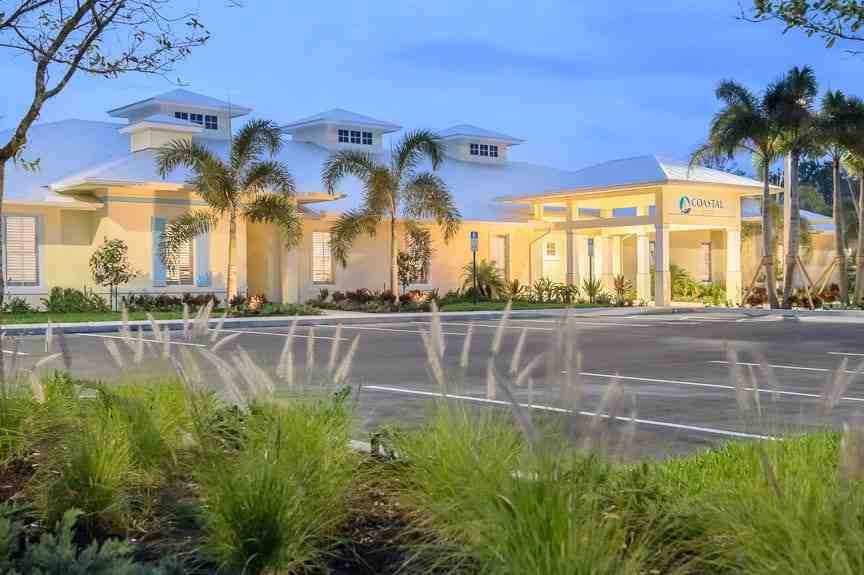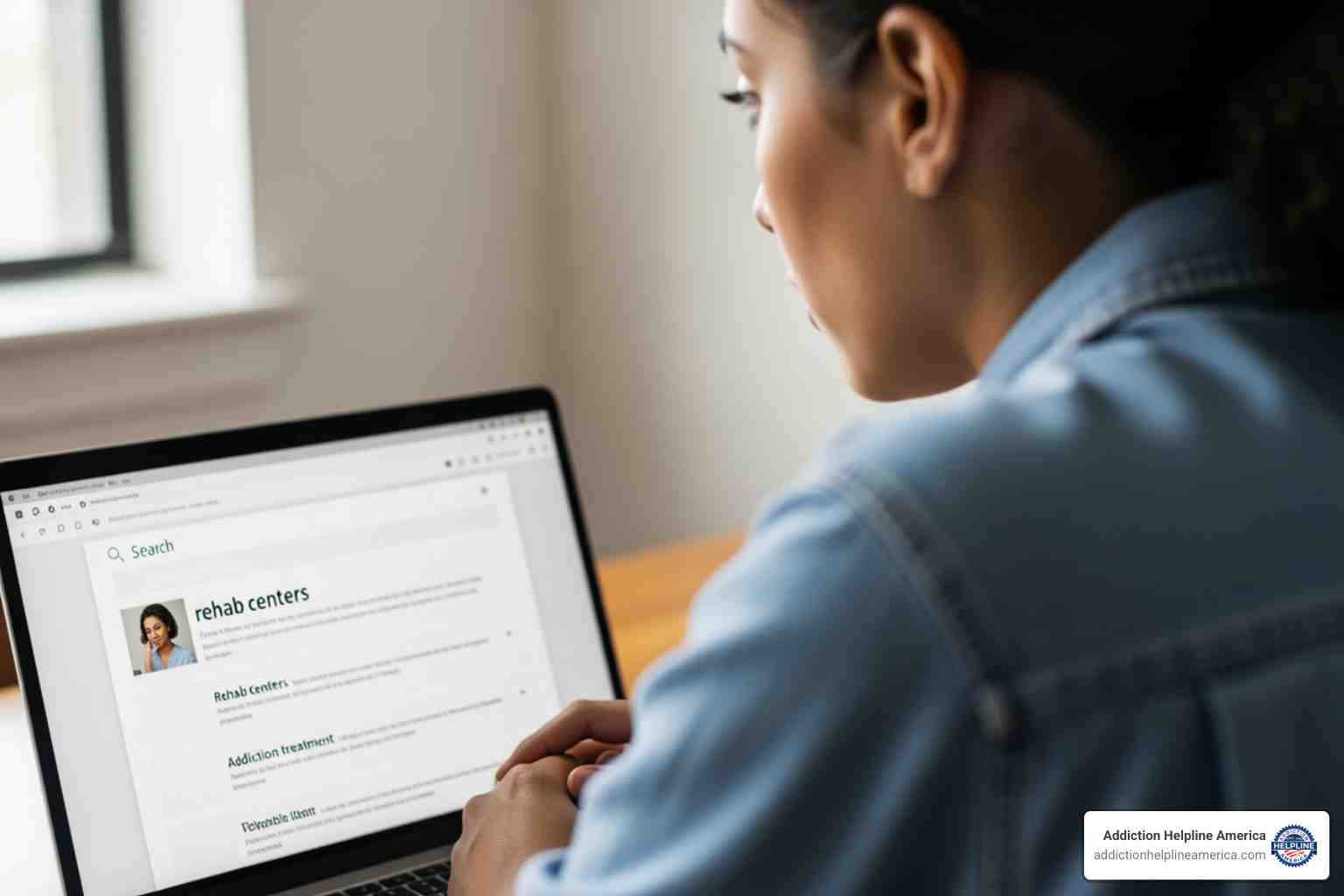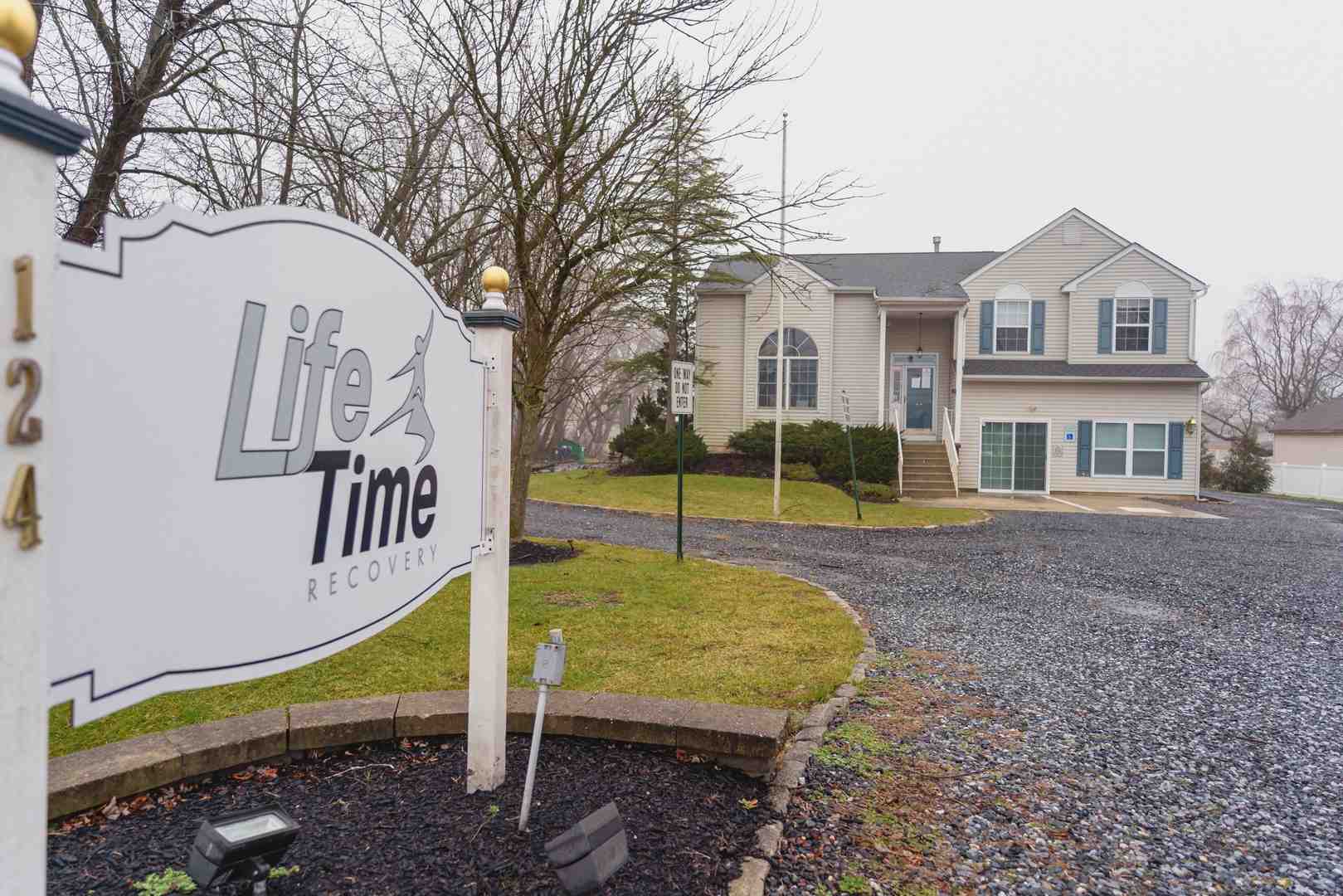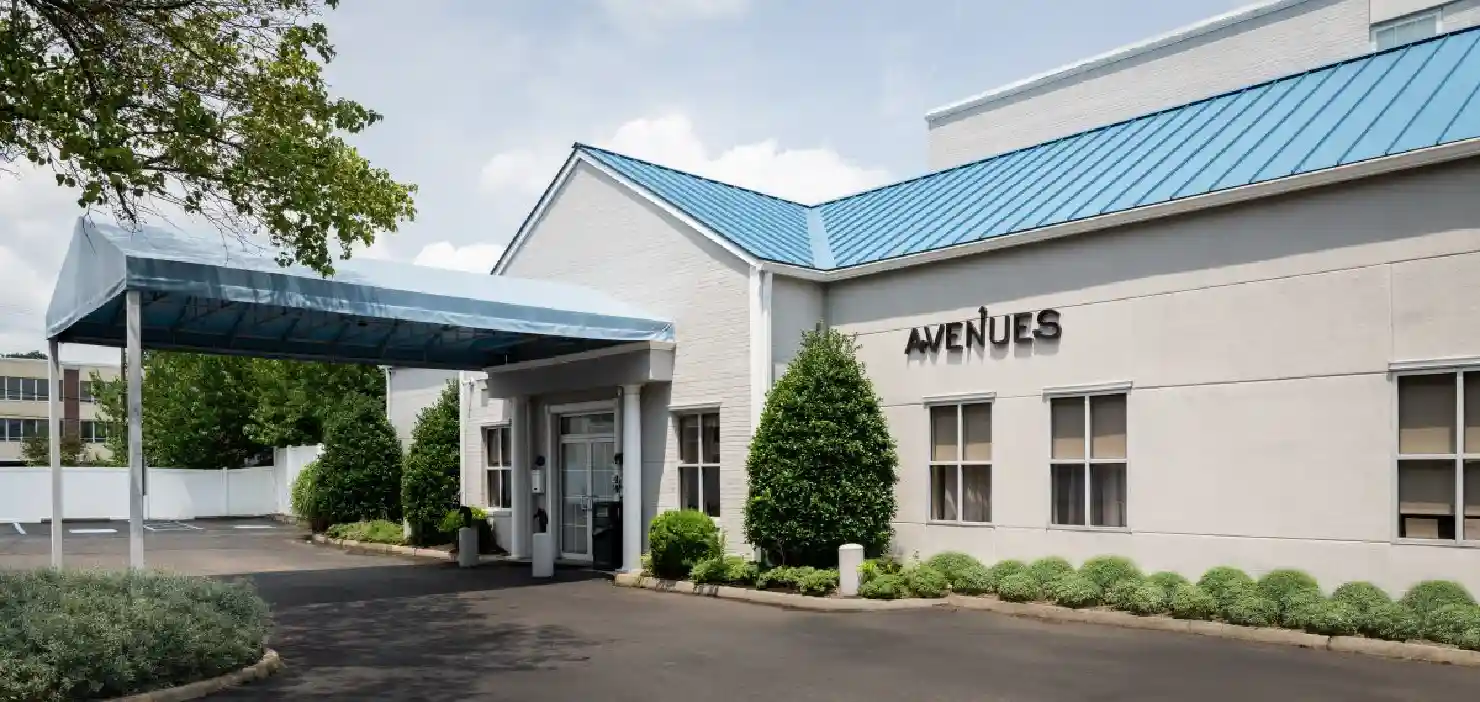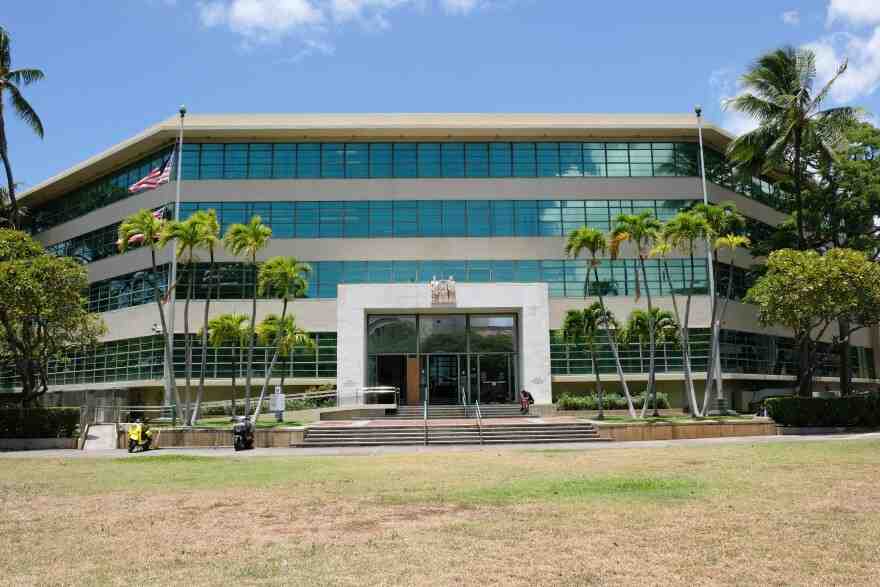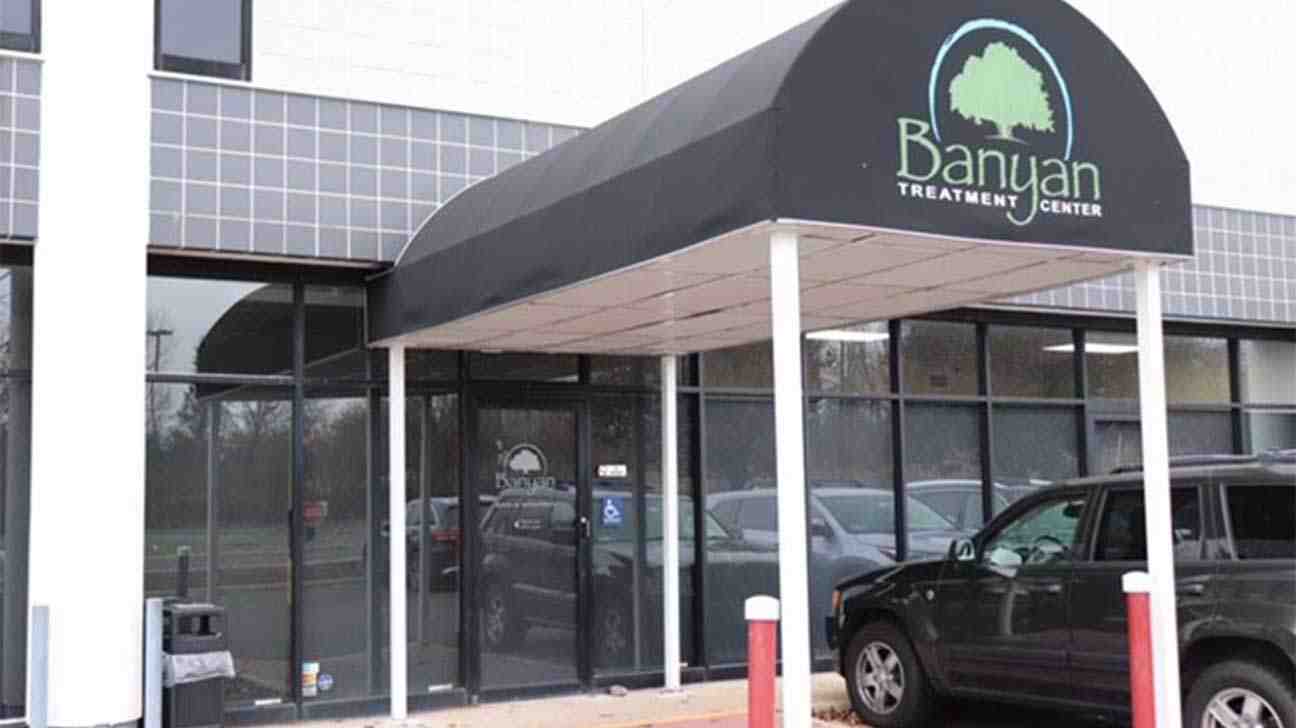
Why Choosing the Right Rehab Facility Matters for Your Recovery
Learning how to find a good drug rehab facility is critical because your choice directly impacts your chance of lasting recovery. With thousands of treatment centers available, the process can feel overwhelming, especially when you or a loved one is already struggling.
Here’s how to find a good drug rehab facility in 5 key steps:
- Assess your unique needs: Identify substances used, co-occurring conditions, and your personal goals.
- Understand treatment types: Learn about detox, inpatient, outpatient, and aftercare.
- Verify quality indicators: Check for licensing, accreditation, and evidence-based practices.
- Consider practical factors: Evaluate location, costs, insurance, and family involvement.
- Ask the right questions: Discuss treatment approaches, relapse policies, and continuing care.
The stakes are high, as dropout rates from addiction treatment are significant. Choosing a facility that matches your specific needs can be the difference between recovery and relapse.
At Addiction Helpline America, our specialists have guided thousands through finding a rehab that offers the right care and support. We know this decision is difficult, which is why we’ve created this guide to walk you through each step with clarity.

Quick look at how to find a good drug rehab facility:
Step 1: Assess Your Unique Needs and Goals
Before you can figure out how to find a good drug rehab facility, you need a clear understanding of your starting point and your goals. This self-assessment is a crucial first step.
Start by taking an honest look at your substance use history. Consider which substances you use, for how long, and in what amounts. The severity and duration of use help determine the necessary level of care, such as medical detox, residential treatment, or an outpatient program.
Mental health is equally important. Approximately 50% of people with substance use disorders have dual diagnoses, meaning they also have conditions like depression, anxiety, or PTSD. These co-occurring disorders are often intertwined with addiction. If you’ve been self-medicating emotional pain, you need a facility that treats both conditions simultaneously. Ignoring underlying mental health issues is like putting a bandage on a wound that needs stitches.
Define what recovery means to you. Your personal goals matter. Success might mean abstinence, rebuilding relationships, returning to work, or managing mental health. Articulating your goals helps you find a program that aligns with your vision for the future.
Consider your medical history and social support. Do you have other health concerns like diabetes or chronic pain? A facility must be equipped to handle your medical needs. Also, think about your support system. The strength of your network can influence whether an inpatient or outpatient program is a better fit and how much family involvement you’ll need from the facility.
This self-assessment is the foundation for finding a facility that truly fits your needs.
Step 2: Understand the Different Types of Treatment
When figuring out how to find a good drug rehab facility, understand that addiction is a complex disease requiring individualized treatment. There is no one-size-fits-all program. The goal is treatment matching—finding the program that fits your unique needs, history, and goals.

Levels of Care: From Detox to Aftercare
The American Society of Addiction Medicine (ASAM) outlines a “continuum of care” to match individuals with the right intensity of services.
- Medical detox: The first step for physical dependence, providing 24/7 medical supervision to safely manage withdrawal symptoms, which can be uncomfortable and even dangerous.
- Inpatient/Residential Treatment: You live at the facility for 30-90+ days in a structured, supportive environment away from daily triggers. This immersive approach has high success rates, especially for severe addiction or for those needing to escape a triggering home environment.
- Partial Hospitalization (PHP): A high level of structured care (5-7 days/week) while you return home or to sober living at night.
- Intensive Outpatient (IOP): Structured therapy for several hours a day, a few days a week, allowing you to maintain work or family responsibilities.
- Outpatient Programs (OP): The least intensive option, with weekly therapy and support groups. It works well for less severe addiction or as a step-down from a higher level of care.
- Aftercare and Sober Living: These are crucial for long-term success. Aftercare includes alumni groups and ongoing therapy, while sober living provides a substance-free home to practice new skills.
Choosing between inpatient and outpatient care is a major decision. Inpatient offers an immersive, trigger-free environment, while outpatient provides flexibility. The cost also differs significantly; for example, in New York, daily inpatient care can cost over ten times more than outpatient care without insurance.
Common Therapies and Treatment Approaches
A good facility uses evidence-based practices (EBPs)—methods backed by scientific research to help you develop coping skills and prevent relapse.

- Cognitive-Behavioral Therapy (CBT): Helps identify and change negative thought patterns and behaviors related to substance use.
- Dialectical Behavior Therapy (DBT): Teaches skills for emotional regulation and distress tolerance, effective for co-occurring disorders.
- Motivational Interviewing (MI): A client-centered approach that helps you find and strengthen your own motivation for recovery.
Quality programs also offer individual, group, and family therapy. Individual therapy addresses personal challenges, group counseling provides peer support, and family therapy helps heal relationships and build a strong support network. Holistic therapies like yoga, meditation, and art therapy are often integrated to promote overall well-being.
The Role of Medication-Assisted Treatment (MAT)
MAT is a vital, evidence-based approach for opioid and alcohol use disorders. It combines FDA-approved medications with counseling and is not about replacing one addiction with another. Research shows MAT improves treatment retention, reduces illicit drug use, and decreases overdose risk.
- Buprenorphine (Suboxone): Reduces opioid cravings and withdrawal symptoms.
- Methadone: Used for opioid use disorder, administered in specialized programs.
- Naltrexone (Vivitrol): Blocks the euphoric effects of opioids and reduces alcohol cravings.
These medications stabilize brain chemistry, giving you a better chance to focus on the hard work of recovery. Facilities offering MAT are often at the forefront of evidence-based care.
How to Find a Good Drug Rehab Facility: Key Quality Indicators
When learning how to find a good drug rehab facility, you must look beyond brochures and amenities to what truly matters: services grounded in scientific research and best practices. Identifying these hallmarks of a high-quality program improves your chances of achieving lasting recovery.
How to find a good drug rehab facility by verifying credentials
Always check a treatment center’s credentials to protect yourself from substandard care.

Every legitimate facility must hold state licensure, which ensures it meets minimum health and safety standards. Beyond that, look for accreditation from respected organizations like the Joint Commission (JCAHO), the Commission on Accreditation of Rehabilitation Facilities (CARF), or the Council on Accreditation (COA). Accreditation signifies that a facility has undergone rigorous external evaluation and meets exceptionally high standards of care. At Addiction Helpline America, we only partner with properly licensed facilities.
How to find a good drug rehab facility with qualified staff
The quality of your treatment depends on the quality of the people providing it. A high-quality program employs a multidisciplinary team of licensed professionals, including medical doctors (MDs), psychiatrists, licensed therapists (LCSW, LPC), certified addiction counselors, and registered nurses.
Don’t hesitate to ask about staff credentials, licensing, and the staff-to-patient ratio (a lower ratio often means more personalized attention). Inquire about ongoing training to ensure the staff stays current with the latest evidence-based practices.
Prioritizing Evidence-Based and Personalized Care
A quality facility begins with a comprehensive assessment of your substance use, mental and physical health, and social support systems. This allows for integrated treatment that addresses the whole person, not just the addiction.
From this assessment, the facility should develop a personalized treatment plan. Effective treatment recognizes that what works for one person may not work for another. Look for facilities offering specialized programs for specific populations, such as gender-specific, age-specific, or LGBTQ+ affirming care.
Most importantly, if you have a co-occurring mental health condition, you need a facility that provides true dual diagnosis treatment, addressing both addiction and mental health simultaneously. This personalized, evidence-based approach gives you the best chance at successful, long-term recovery. Quality isn’t about fancy amenities—it’s about credentials, qualified staff, and care that treats you as a unique individual.
Step 4: Steer the Practical Considerations
Now it’s time to manage the practical side of how to find a good drug rehab facility. Logistics like location, cost, and family support are just as important as the clinical aspects of treatment.
Location: Should You Stay or Go?
Deciding whether to stay local or travel for treatment depends on your situation.
Staying local is advantageous if you have a strong, healthy support system nearby. It eliminates travel costs and makes it easier for loved ones to participate in family therapy.
However, many people benefit from traveling for treatment to remove themselves from the people, places, and situations that trigger substance use. Getting away allows you to focus completely on recovery without daily temptations. While this involves travel costs and checking out-of-network insurance coverage, Addiction Helpline America partners with facilities nationwide and can help you steer these details.
Understanding the Cost of Rehab and Payment Options
Cost is a major concern, but the financial toll of ongoing addiction is almost always greater than the cost of treatment. Costs vary widely by location, facility, and level of care. For example, the average cost for treatment in New York is $56,653, with daily inpatient care costing significantly more than outpatient.
Fortunately, most people don’t pay the full price. The Affordable Care Act requires most health insurance plans (including private, Medicaid, and Medicare) to cover substance use disorder treatment.
Key payment factors include:
- Insurance Coverage: Check if a facility is in-network (lower cost) or out-of-network with your plan.
- Private Pay: An option if you don’t have or don’t want to use insurance.
- Other Options: Many facilities offer sliding scale fees based on income or financing options and payment plans.
Our admissions navigators at Addiction Helpline America are experts at verifying insurance benefits and can help you find treatment centers that fit your budget, free of charge.
The Importance of Family Involvement
Addiction affects the entire family, so family involvement is often essential for lasting recovery. Quality rehab facilities recognize this and integrate families into the healing process.
This is done through family therapy sessions, which improve communication and heal strained relationships, and education for families, which helps loved ones understand addiction as a disease. They learn how to provide effective support and set healthy boundaries.
Involving your family builds a stronger support network for life after rehab. Research shows that family involvement leads to better treatment outcomes. When researching facilities, ask about their family programs.
Step 5: Make Your Choice and Begin Treatment
After doing your research, it’s time for the most important moment: making your choice and taking that courageous first step towards recovery. This is where research transforms into action. Seeking treatment is one of the bravest things you can do, and you deserve support.
Key Questions to Ask Potential Rehab Centers
When you contact facilities, have a list of questions ready to ensure you find the right fit.
- Credentials and Quality: What is your state licensure and accreditation (JCAHO, CARF, COA)? What are your staff’s credentials and the staff-to-patient ratio?
- Treatment Approach: What is your treatment philosophy? Do you use evidence-based practices (CBT, DBT, MI)? How do you create individualized plans and integrate dual diagnosis care?
- Program Specifics: What therapies do you offer (individual, group, family, holistic)? Do you provide Medication-Assisted Treatment (MAT)? How do you involve families?
- Long-Term Planning: What does your aftercare planning involve? What is your policy if a patient relapses during treatment?
- Financials: What is included in the cost? Do you accept my insurance (in-network or out-of-network)? What other payment options are available?
Our team at Addiction Helpline America can help you steer these financial questions and verify your insurance benefits.
What to Expect During the Admissions Process
The admissions process usually starts with a phone call for a pre-intake assessment. An admissions specialist will discuss your history, goals, and current situation to understand how to best help you. They will also verify insurance and discuss payment options. If you’re traveling, they can help coordinate arrangements and advise on what to pack.
Your confidentiality is protected by HIPAA regulations, so your information remains private. The timeline for admission can be as short as 24-48 hours. If you are in crisis, let the admissions team know, as urgent cases are often prioritized.
Using Reputable Resources to Find Help
In your search for how to find a good drug rehab facility, using trustworthy resources is critical. The internet is full of advertisements, and some organizations may not have your best interests at heart.
Addiction Helpline America is a confidential resource for finding treatment custom to your needs. We provide free, personalized guidance, connecting you to our network of properly licensed facilities across all 50 states and the District of Columbia.
For immediate crisis support, national helplines are available. If you’re experiencing a mental health crisis, the 988 Suicide & Crisis Lifeline provides free support 24/7. For those affected by disasters, the Disaster Distress Helpline at 1-800-985-5990 offers immediate crisis counseling.
Always verify information from online reviews with official sources like state licensing boards. Trust your instincts—if a facility doesn’t feel right, it’s okay to keep looking.
At Addiction Helpline America, our admissions navigators walk beside you through every step, from your first questions about how to find a good drug rehab facility to admission. We are here to provide clarity, support, and hope.
Conclusion
Learning how to find a good drug rehab facility is about finding the right match for your unique situation to set yourself up for success. You’ve learned to assess your needs, understand treatment types and quality indicators, handle practical considerations, and ask the right questions.
Recovery is possible. We’ve witnessed it thousands of times. The right treatment can transform lives, but it is a long-term commitment that requires courage and persistence. The journey won’t always be easy, but with each sober day, you are rebuilding your life.
You don’t have to do this alone. At Addiction Helpline America, our specialists provide free, confidential, and personalized guidance to help you find a treatment center that truly fits. We’ll verify your insurance and connect you with facilities in our network across all 50 states and the District of Columbia.
Taking the first step is often the hardest part, but it shows tremendous strength.
Find a rehab center that meets your needs and begin your journey toward a healthier, more hopeful future. Whether for yourself or a loved one, we’re here to support you. Recovery starts with the decision to try. Let today be that day.
Our helpline is 100%
free & confidential
If you or someone you care about is struggling with drug or alcohol addiction, we can help you explore your recovery options. Don’t face this challenge alone—seek support from us.
Programs
Resources
Will my insurance
cover addiction
treatment?
We're ready to help
Find the best
drug or alcohol treatment
center
Are you or a loved one struggling with addiction? Call today to speak to a treatment expert.


